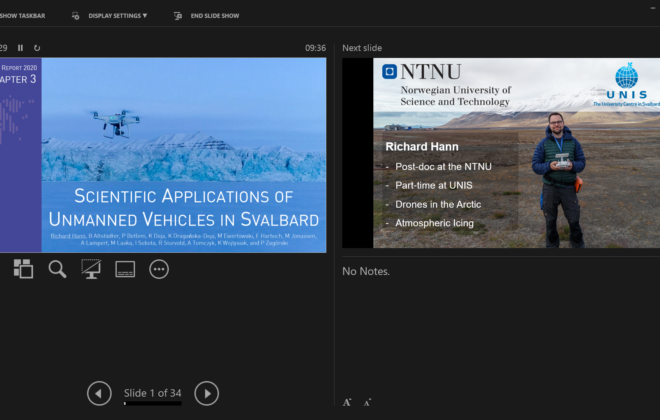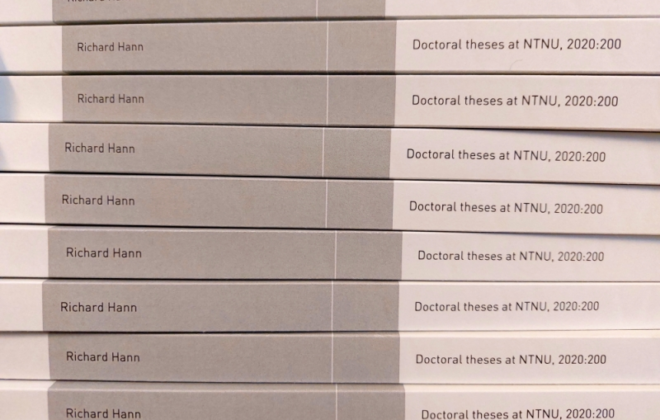Writing tips
As a supervisor of master students, I regularly come into the situation that I have to give feedback on thesis manuscripts. I enjoy working together with my students on their research but I often find it difficult to comment on their manuscripts in a constructive way. The easy part is to judge if the overall manuscript is good or not – I typically get that feeling after reading just a few pages. The hard part is to identify what things I dislike about a manuscript. It is often a diffuse feeling and it requires a lot of effort to work out exactly what the issue is. It is even harder to then develop specific recommendations for the students on how to improve their writing.
Over the years, I have successfully seen through several master students and I often encounter the same problems in manuscripts. I want to try to collect some of the most common mistakes in this article, in the hope that it will help future students to avoid them. I plan this article to be updated regularly with new content and tips!
Richard’s Scientific Writing Tips for Master Students
- Before we start, I want to acknowledge that scientific writing is really hard. And it’s a skill that is usually not systematically taught in universities. Instead, it’s the responsibility of the students to develop this skill (e.g. in extra-curricular courses). I find this somewhat surprising, given that communicating complex ideas and results is a key skill, not only in academia. So I want to stress that I have a lot of sympathy for the feeling of struggling to write well (I feel it all the time). The only way out of this is to practice. It’s very helpful to start early in the thesis project to write short sections, which supervisors are usually happy to review. This will help to sort out the biggest systematic mistakes early on and can also shed light on areas of improvement.
- Read a lot. A good way to improve one’s own writing is to read a lot of papers and find well-written papers. Study them in detail and identify what are the things that make it a good paper. One of my personal favorites is: Bragg et al.: Iced-airfoil aerodynamics (2005).
- Educate yourself. There are a vast number of books out there to help with scientific writing. There are so many books published on that topic, that it’s actually difficult to choose which one to read. There are good and better books out there, but I think it’s not too crucial to find the “best” book. As long as you learn anything new, it is the “right” book. Some of my current favorites are Gastel & Day: How to Write and Publish a Scientific Paper and Michael Alley: The Craft of Scientific Writing. I like having the first one around while writing and often find myself peeking into it to help get started on a new section.
- Whether you are writing in Word, LaTeX, or else. Use spell-checking software. I like Grammarly. Before you submit your thesis for evaluation have somebody else read it first!
- Structure your text. Before you start writing, make a plan. Get your macro-structure right by following the IMRaD plan – but don’t be afraid to deviate from it when necessary/sensible! Structure your paragraphs by writing out your main ideas in bullet points. This will help you make sure you say the right things at the right place.
- Highlight your objectives. Towards the end of the introduction, you should clearly and explicitly state the aim of your study is. It should be clear how your work will contribute to the research problem that you stated in the introduction and who will benefit from it.
- Follow a red thread. Tell the readers about the plan for your manuscript, and tell them how each section contributes to this plan. Ensure that the readers know the purpose of each section and how they fit into the larger picture. It may feel a bit repetitive at times, but it will help readers to follow your work!
- One sentence, one idea. Avoid writing long and complicated sentences. Instead, try to stick to simpler and shorter sentences. Try to have only a single idea/thought in a sentence and avoid nested sentences (DE: “Schachtelsätze”).
- Keep it simple,
stupidshort. It’s often better to have several short and basic sentences, instead of long convoluted ones. Use connecting words like «consequently», «thus», «this is why», «this is the reason», etc. to create flow. Use one paragraph for one idea. - Don’t be scared of repetition. In scientific writing, it is very important that we are always exact about what we talk about. This requires that we often need to repeat the same words – and that is allowed! For example, it’s better to write several times «wind tunnel» instead of writing a vague «it».
- In scientific writing, it is very important to be very careful about statements that you make. For example, consider the statement “Glaze ice leads to higher aerodynamic penalties than rime ice”. First of all, this statement needs a reference – how do you know this is true? Second, be aware that this statement is not always true – in some cases rime ice shapes will lead to worse aerodynamic penalties than glaze. A good sentence would be: “Glaze ice typically leads to higher aerodynamic penalties than rime [1].” An even better version would be if you could be more specific: “In their study, Blabla et al. [1] showed that for typical UAV icing conditions, glaze ice resulted in X-Y% higher lift penalties and X-Y% higher drag penalties compared to rime ice.”
- A figure says more than 1000 words – this is very much true. Make sure that all necessary information is displayed in the figure itself (legend, etc) and not hidden in the caption or text. Figures are the most impactful tool you can use and most people may only look at the figures in your thesis, so make them count!
- Find your own style. Scientific writing – like all communication from – always includes our own personality. Find a style of writing that you feel comfortable with.
To be continued…



